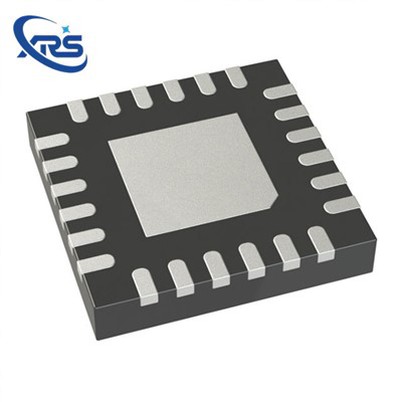Analysis of the Main Functions of Microprocessors
Leave a message
The microprocessor is the core of all computer activities, and its main function is to implement arithmetic and logic operations and control the entire machine. A microprocessor consists of an arithmetic logic unit, an accumulator and a universal register set, a program counter, timing and control logic components, data and address latches and buffers, and an internal bus. The arithmetic unit and controller are its main components. It can be combined with memory and peripheral circuit chips to form a microcomputer.
Microprocessors can perform operations such as fetching and executing instructions, as well as exchanging information with external memory and logic components. They are the operational control part of microcomputers. It can be combined with memory and peripheral circuit chips to form a microcomputer.
High end computing systems such as ultra fast supercomputers and large-scale computers internationally are also built using a large number of general-purpose high-performance microprocessors. PU has a history of over a year since its initial development. During this period, according to the word length of its external information, CPUs can be divided into 4-bit microprocessors, 8-bit microprocessors, 16-bit microprocessors, 32-bit microprocessors, and the latest 64-bit microprocessors. It can be said that the development of personal computers has advanced with the development of CPUs.
Microcomputers refer to the main components of large-scale and ultra large scale integrated circuits, with the core of a microprocessor MP that integrates the main components of a computer - a controller and an arithmetic unit. In microcomputers, the main function of a microprocessor is to perform arithmetic and logic operations and control the entire machine.
Compared with traditional central processing units, microprocessors have the advantages of small size, light weight, and easy modularization. The basic components of a microprocessor include a register stack, an arithmetic unit, a timing control circuit, and a data and address bus.
Since the invention of transistors by humans in 1947, semiconductor technology has gone through generations such as silicon transistors, integrated circuits, ultra large scale integrated circuits, and very large scale integrated circuits for over 50 years, with a development speed that other industries have not experienced. Semiconductor technology has had a widespread impact on the entire society, hence it is known as the "seed of the industry". The central processing unit (CPU) refers to the component within a computer that processes data and controls the processing process. With the rapid development of large-scale integrated circuit technology, the chip integration density has become increasingly high, and the CPU can be integrated on a semiconductor chip. This type of large-scale integrated circuit device with central processing function is collectively referred to as the "microprocessor". It should be noted that microprocessors themselves are not equivalent to microcomputers, they are only the central processing unit of microcomputers.
Microprocessors are already ubiquitous, whether it's home appliances such as video recorders, smart washing machines, mobile phones, automotive engine control, CNC machine tools, missile precision guidance, etc., all need to be embedded with various types of microprocessors. Microprocessors are not only the core components of microcomputers, but also the key components of various digital intelligent devices. High end computing systems such as ultra fast supercomputers and large-scale computers internationally are also built using a large number of general-purpose high-performance microprocessors.






